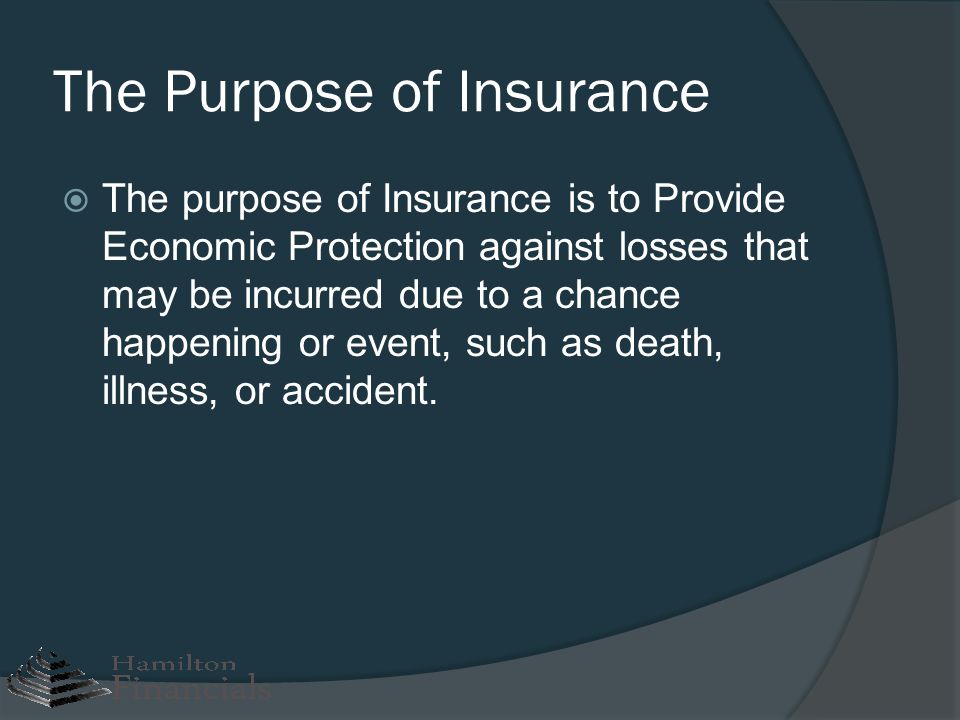The Ultimate Guide To Pacific Prime
The Ultimate Guide To Pacific Prime
Blog Article
The 4-Minute Rule for Pacific Prime
Table of ContentsHow Pacific Prime can Save You Time, Stress, and Money.The Main Principles Of Pacific Prime Pacific Prime Things To Know Before You Get ThisSee This Report about Pacific PrimeThe Best Guide To Pacific Prime

This is because the information were accumulated for a duration of solid financial efficiency. Of the estimated 42 million people who were uninsured, almost concerning 420,000 (concerning 1 percent) were under 65 years of age, the age at which most Americans become qualified for Medicare; 32 million were grownups in between ages 18 and 65, around 19 percent of all grownups in this age; and 10 million were youngsters under 18 years old, concerning 13.9 percent of all kids (Mills, 2000).
These quotes of the number of persons without insurance are generated from the annual March Supplement to the Current Populace Study (CPS), carried out by the Census Bureau. Unless otherwise noted, national price quotes of people without medical insurance and percentages of the populace with different type of insurance coverage are based on the CPS, the most commonly used resource of price quotes of insurance coverage and uninsurance rates.
The Of Pacific Prime

Still, the CPS is specifically helpful due to the fact that it generates annual price quotes fairly quickly, reporting the previous year's insurance protection approximates each September, and because it is the basis for a constant set of estimates for greater than 20 years, permitting evaluation of patterns in insurance coverage with time. For these factors, along with the extensive use the CPS in various other researches of insurance policy protection that exist in this report, we rely upon CPS price quotes, with restrictions noted.

The price quote of the number of without insurance individuals expands when a population's insurance status is tracked for a number of years. Over a three-year duration beginning early in 1993, 72 million individuals, 29 percent of the U.S. https://www.imdb.com/user/ur179624537/. population, were without insurance coverage for at the very least one month. Within a solitary year (1994 ), 53 million people experienced at the very least a month without coverage (Bennefield, 1998a)
Six out of every 10 without insurance adults are themselves used. Functioning does enhance the possibility that one and one's family members will certainly have insurance coverage, it is not Your Domain Name an assurance. Also members of families with two full time wage income earners have nearly a one-in-ten chance of being without insurance (9.1 percent uninsured price) (Hoffman and Pohl, 2000).
The Definitive Guide for Pacific Prime
New immigrants make up a considerable percentage of individuals without health insurance policy. One evaluation has attributed a substantial part of the current growth in the size of the U.S. without insurance populace to immigrants who arrived in the country in between 1994 and 1998 (Camarota and Edwards, 2000). Current immigrants (those who came to the USA within the previous 4 years) do have a high rate of being uninsured (46 percent), but they and their kids account for simply 6 percent of those without insurance coverage country wide (Holahan et al., 2001).
The relationship in between medical insurance and accessibility to care is well established, as recorded later on in this chapter. Although the relationship in between medical insurance and health and wellness results is neither direct nor straightforward, a considerable scientific and health solutions study literature links medical insurance protection to better accessibility to care, much better high quality, and enhanced personal and populace health and wellness standing.
Degrees of evaluation for analyzing the results of uninsurance. It concentrates particularly on those without any kind of wellness insurance for any type of length of time.
Some Known Incorrect Statements About Pacific Prime
The troubles faced by the underinsured are in some areas similar to those faced by the uninsured, although they are usually less severe. Wellness insurance, nonetheless, is neither essential nor sufficient to gain accessibility to clinical services. The independent and straight impact of health and wellness insurance coverage on access to health services is well established.
Others will certainly get the health care they need also without wellness insurance, by spending for it out of pocket or seeking it from service providers that supply treatment free or at extremely subsidized rates. For still others, health insurance alone does not make sure receipt of treatment as a result of various other nonfinancial barriers, such as an absence of health and wellness care companies in their area, minimal access to transport, illiteracy, or etymological and social distinctions.
The smart Trick of Pacific Prime That Nobody is Talking About
Official study regarding without insurance populaces in the United States dates to the late 1920s and early 1930s when the Board on the Cost of Medical Treatment created a series of records about funding medical professional workplace gos to and hospitalizations. This concern became salient as the numbers of clinically indigent climbed up during the Great Clinical depression.
Report this page